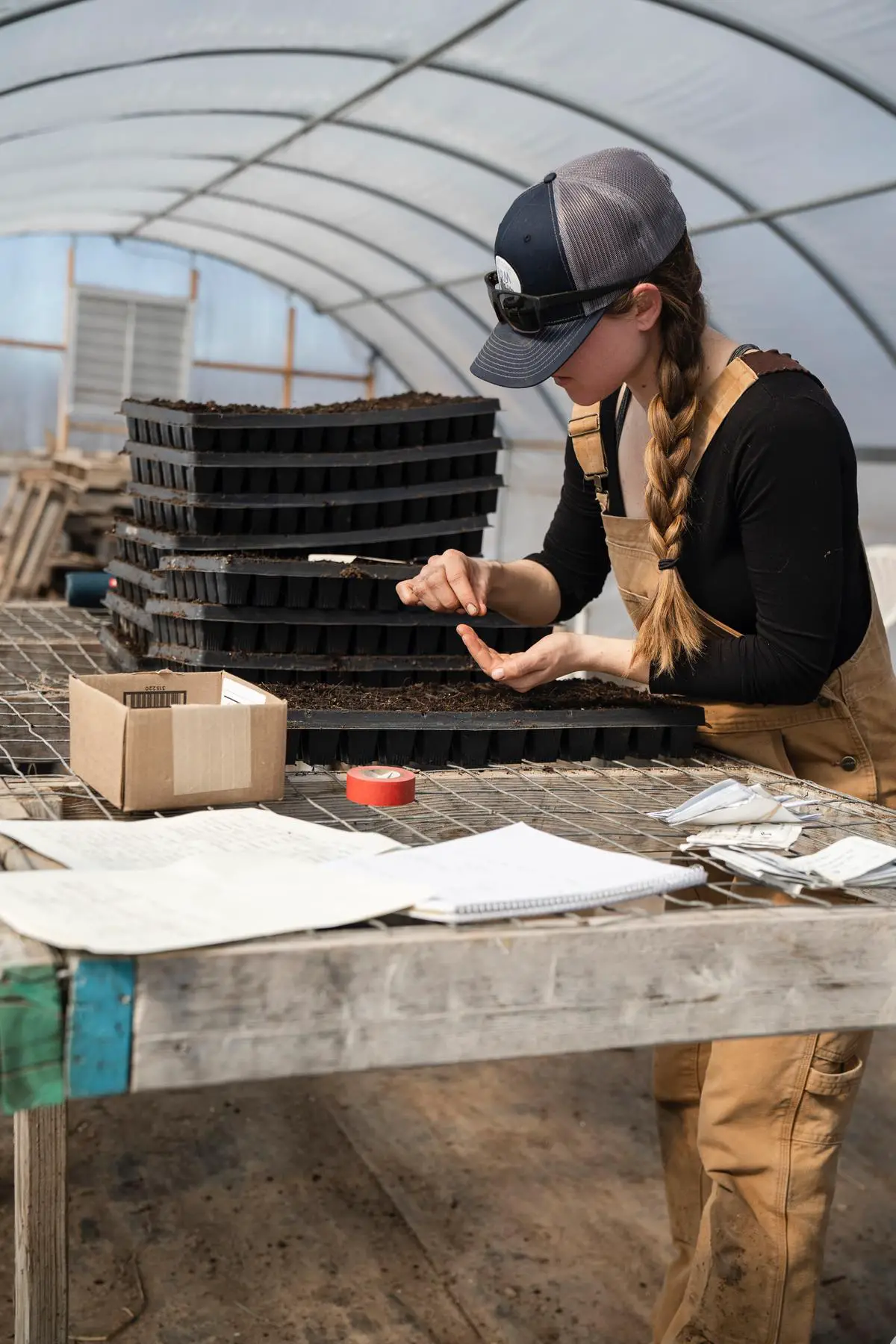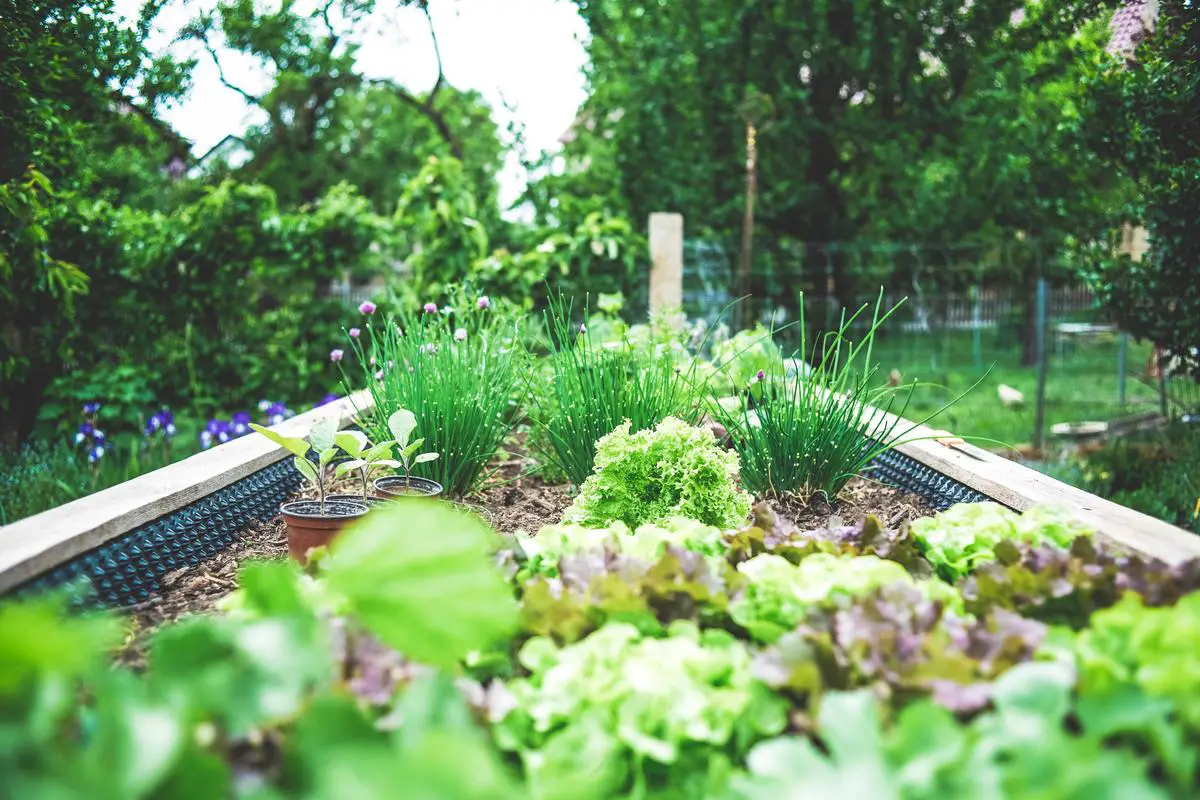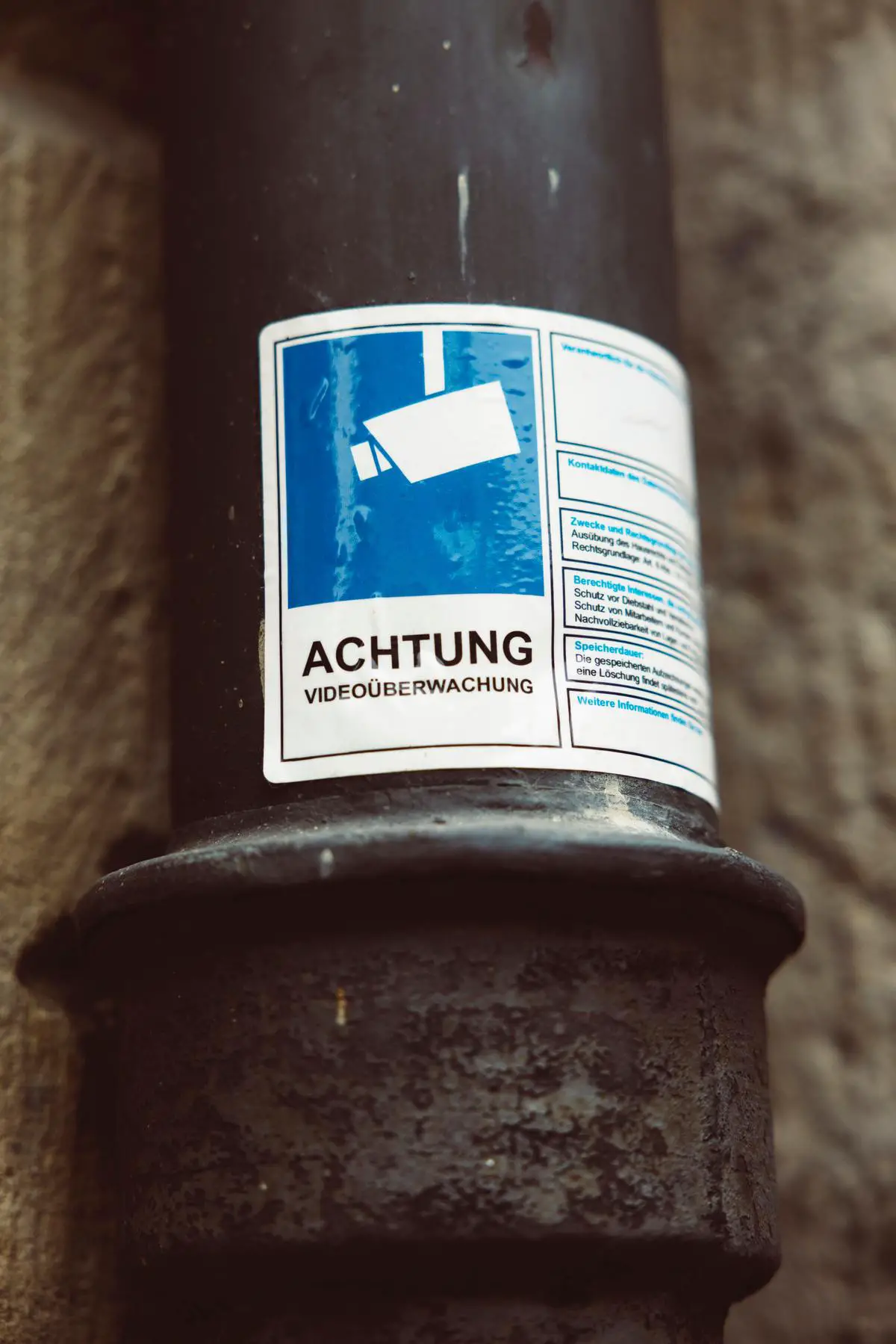The fascinating world of hydroponics – a method of growing plants without soil, has captured the interest of many gardening enthusiasts and environmental advocates. With the advent of modern solutions like those offered by IKEA, hydroponics has become more accessible and convenient to the general public. In this exploration, we delve into the principles and advantages of hydroponics, and more importantly, the role and offerings of IKEA, a company renowned for its innovative designs and sustainable solutions. From an array of hydroponic systems, affordability, to customer feedback and practical guides, this comprehensive discussion insights into IKEA’s hydroponics portfolio and their commitment to making indoor gardening an enjoyable and sustainable practice for everyone.
Understanding Hydroponics and IKEA’s Role
Understanding Hydroponics: Scientific Innovation for Plant Growth
Hydroponics is a soilless horticultural method of growing plants in a nutrient-rich water solution. By eliminating the need for expansive plots of arable land, this innovative technique allows crops to grow in limited space, opens up possibilities for indoor gardening, and breaks the seasonal constraints that traditionally accompany agricultural endeavors.
Hydroponic plants often grow at a faster rate compared to their soil-grown counterparts due to the optimal combination of water, oxygen, and nutrients delivered directly to their roots. Also, the controlled environment mitigates pest issues, reducing the need for chemical pesticides.
The principles of hydroponics vary according to the type of system employed. The most common types include the Nutrient Film Technique (NFT), Deep Water Culture (DWC), Ebb and Flow, and the Aeroponics method. Each method employs slightly different techniques but centralizes around delivering nutrient-infused water directly to plant roots.
IKEA’s Involvement in Hydroponics: Indoor Gardening for the Masses
IKEA, the Swedish home furnishing retailer, recognized the potential in hydroponics and began offering tools and kits to allow even the most novice gardeners to explore this technique.
The company’s hydroponic range, named the “KRYDDA/VÄXER” series, includes everything from seeds to cultivating units. The target is to make indoor gardening accessible to the general public. By following IKEA’s detailed instructions, customers can grow and harvest fresh vegetables, herbs, and salads in their homes, irrespective of space or climate limitations.
One prominent feature of the IKEA hydroponics system is its use of absorbent foam plugs, which replace soil and minimize mess. These foam plugs retain water and deliver it directly to the plant’s roots, simulating the advantageous aspects of a traditional hydroponic system.
IKEA’s Commitment to Sustainability: Encouraging Hydroponics at Home
One of IKEA’s latest endeavors is the promotion of hydroponic gardening at home, a step that truly reflects the company’s ultimate mission of improving everyday life for many people. The company champions the belief that individual efforts towards sustainability can contribute to significant environmental changes, especially when done collectively and on a grand scale.
The introduction of the KRYDDA/VÄXER series demonstrates IKEA’s ongoing commitment to sustainable living. The company’s sustainability goals are not just limited to reducing waste and energy conservation, but they also actively strive to facilitate healthier lifestyles by providing affordable and feasible solutions, including home hydroponic systems.
By developing and popularizing their hydroponic product line, IKEA is not just enabling people to cultivate fresh produce right at home but also helping in reducing the transportation emissions associated with conventional farming practices. The more people make use of IKEA’s hydroponic systems, the further the company gets in achieving its environmental goals.

IKEA’s Hydroponic Systems Explained
IKEA’s Hydroponics: A New Venture for the Home Furnishing Giant
IKEA, a well-loved brand recognized globally for their fashionable yet affordable home furnishings, has recently expanded its repertoire to include hydroponic systems. Hydroponics signifies the method of growing plants without soil and over the past few years, IKEA has launched a variety of compact, user-friendly hydroponic systems. These innovative products are designed to empower anyone to grow their own food indoors, regardless of the season.
Types of Systems Offered by IKEA
IKEA’s hydroponic offerings range from individual growing units to intricate, multi-tiered systems. The KRYDDA/VÄXER series, for example, provides everything needed to start growing, such as the seeds, pots, fertilizers, and grow lights. The systems utilize a sub-irrigation setup, where water and nutrients are funneled to the plants’ roots from below. With several sizes and formats available, users can choose a setup that fits their space and needs.
Plants Suitable for IKEA Hydroponics
IKEA’s hydroponic systems are suitable for a wide range of plants, particularly herbs, greens, and small vegetables. IKEA offers seed packets specifically designed for their systems, with options for leafy greens like lettuce and spinach, herbs like basil and cilantro, and small vegetables like tomatoes and peppers. However, users are not limited to these seeds and can experiment with other types of plants, as long as they fit within the physical constraints of the IKEA hydroponics setup.
Setup and Maintenance Process
Setting up an IKEA hydroponic system is straightforward and requires minimal setup. After assembling the growing unit, users start by planting seeds in the provided starter plugs. Once the seeds have sprouted, they can then be transferred into the hydroponic unit, which is filled with the included pumice stones. Nutrients and water are added to the base of the unit and absorbed by the pumice stones, providing consistent moisture and nutrients to the plants’ roots.
Maintenance of IKEA’s hydroponic systems involves regularly checking the water level and refilling as necessary to ensure the roots are always submerged. It’s also crucial to add additional nutrients every two weeks to keep the plants healthy. As the grow lights are automated, there’s no need to worry about providing your plants with adequate exposure to sunlight.
Price Range of IKEA Hydroponics
The price range for IKEA hydroponics systems varies depending on the size and complexity of the setup. Individual growing units are quite affordable, beginning at approximately $30-$50. For the more intricate, multi-tiered systems that include the lighting system and additional growing spaces, the cost can rise to about $100-$200.
For those considering a foray into the world of producing their own food at home, IKEA’s unique hydroponic systems could provide an accessible and affordable solution.

The Pros and Cons of IKEA Hydroponics
Exploring the Benefits of IKEA Hydroponics
IKEA’s venture into hydroponics – the practice of growing plants without soil – has become a topic of keen interest. The company’s hydroponics line, referred to as the Krydda/Växer range, brings numerous benefits to would-be growers.
Firstly, these hydroponic systems encapsulate IKEA’s iconic minimalist style with their sleek and compact design. They echo an aesthetic appeal that seamlessly integrates into any modern household decor, all while occupying minimal space.
Next, the simplicity of IKEA’s hydroponic kits makes them particularly approachable, even for newcomers to hydroponics. Each kit comes complete with everything needed to get started: a comprehensive instruction guide, seeds, pumice stones, and more. The plug-and-play functionality adds to the ease of use.
A third benefit of IKEA’s hydroponics kits is their remarkable efficiency. These systems support quicker plant growth and a more plentiful harvest compared to conventional soil cultivation due to their controlled environment and direct nutrient supply system. This enables year-round indoor cultivation regardless of the season.
Finally, user reviews consistently mention the prompt and helpful response from IKEA’s customer service team on any issues or inquiries concerning their hydroponics systems.
The Disadvantages of IKEA Hydroponics
As with any system, the IKEA hydroponics products do carry some disadvantages.
The first and primary downfall noted by many users is the price. Compared to other hydroponics systems on the market, IKEA’s products are considered pricey.
Secondly, experienced hydroponic growers might find IKEA’s system somewhat limiting. Its simplicity and pre-defined setup lack the flexibility and customization that more advanced growers may require.
Thirdly, some users have also mentioned that the light provided by IKEA’s grow lights may not be sufficient for all plant types, and additional lighting might be needed for optimal growth.
Finally, while IKEA provides different seed varieties, the selection is relatively limited, which may restrict your choices of indoor gardening.
A Glimpse at IKEA’s Hydroponic Products in the Market
Among other brands in the market, IKEA’s hydroponic system distinctly shines through with its seamless design and user-friendly approach. Although brands like AeroGarden and Click and Grow offer quite similar indoor gardening setups, IKEA’s offering sets its own class with outstanding aesthetics and simplicity at its core.
Notwithstanding, it’s essential to note, according to hydroponic experts, that advanced growers eyeing for more personalized systems may incline towards brands such as General Hydroponics for more complex and customizable solutions. General Hydroponics provides versatile options in hydroponic systems that can be tailored according to user’s specific needs.
On the aspect of cost, other brands like AeroGarden and Click and Grow have their pricing quite close to IKEA’s, thus presenting IKEA hydroponics as a more budget-friendly starting point for those eager to venture into hydroponics.
To sum up, IKEA’s hydroponic systems are perfect for city dwellers intrigued by indoor gardening and favoring a system that is both elegant and simple to handle. Despite having certain restrictions for more advanced growers and carrying somewhat high price point, IKEA hydroponics remains a compelling competitor in the hydroponics market due its appealing design, user-friendliness, and efficient plant growth capacity.

Photo by markusspiske on Unsplash
Practical Tips and Hacks for Using IKEA Hydroponics Systems
Diving Deeper into IKEA’s Hydroponic Systems
IKEA’s Hydroponic solutions encompass a range of pioneering growth systems that let you nurture plants indoors, eliminating the need for traditional soil. Built upon the principle of hydroponics—a specialized form of horticulture where plants are nourished in nutrient-dense solutions instead of soil—these systems integrate LED lights to provide suitable illumination, bypassing the requirement of natural sunlight. This ensures the healthy growth of your plants throughout the year, irrespective of the changing weather or seasons.
Optimizing Growth with IKEA Hydroponics Systems
One key aspect to understand when using the IKEA hydroponics system is the importance of appropriately balancing nutrients and pH level of the water. The nutrient-rich solution that these systems utilize is composed of the essential nutrients that your plants need to grow. It’s essential to ensure that the solution isn’t too diluted or concentrated to ensure optimal growth. Additionally, maintaining a balanced pH level, typically between 5.5 and 6.5, is critical for nutrients to be effectively absorbed by your plants. Ensure that your plants receive adequate light by adjusting the LED grow lights. Different plants require varying amounts of light, so be sure to research the specific requirements of your plants and adjust accordingly. Despite the advantage of the LED lights, placing the hydroponics system near a source of natural light can also be beneficial.
Troubles with IKEA Hydroponics Systems and How to Solve Them
A common problem that users of IKEA hydroponics systems could face is the growth of algae in the water supply. This can be solved by ensuring your system is clean before use, and by covering the water reservoir to prevent light from getting in, as it encourages the growth of algae. Plant roots might sometimes grow into the air stones in the water tank, which impedes the delivery of oxygen to the roots. Regularly checking and pruning the roots can prevent this from happening.
Enhance Your Hydroponic Experience
To get the most out of your IKEA Hydroponics system, consider adding a timer for the LED lights. This will allow for accurate control over the exposure of light, mimicking natural light-dark cycles. This can help optimize growth and maintain the health of your indoor garden. Growing multiple plants in one hydroponics system may seem a good idea but avoid overcrowding. Ensuring each plant has enough space to grow will ultimately lead to healthier plants and potentially higher yields. Finally, always keep track of the water level in your system. When the water level becomes too low, the pump can get damaged and your plants may suffer from dehydration. Regular check-ups and top-ups can prevent potential damage.
In conclusion
Using the IKEA hydroponics system can be a straightforward and highly rewarding experience. The key is to understand the needs of your specific plants, the importance of nutrient balance and pH levels, and implement strategies to manage lighting and prevent common problems.

Photo by markusspiske on Unsplash
Through dissecting IKEA’s involvement in hydroponics, we see how they have made strides in bringing ingenious, user-friendly, and cost-effective solutions to homes across the globe. Whether you’re planning to start a small kitchen garden or keen on embracing environmentally sustainable practices, IKEA’s hydroponic systems present a compelling case. However, like all systems, there are inevitable trade-offs to consider, such as limited plant varieties and setup complexities. Yet, armed with the right knowledge, hacks, and persistent care, these hurdles can be overcome, making the IKEA hydroponic journey a fruitful endeavor. Remember, gardening is not merely about growing plants, but nurturing a connection with nature, in a world increasingly separated from it. IKEA’s hydroponics offers us a bridge – a bridge that brings the outdoors in, turning every home into a sanctuary that celebrates the beauty and benefits of natural living.


